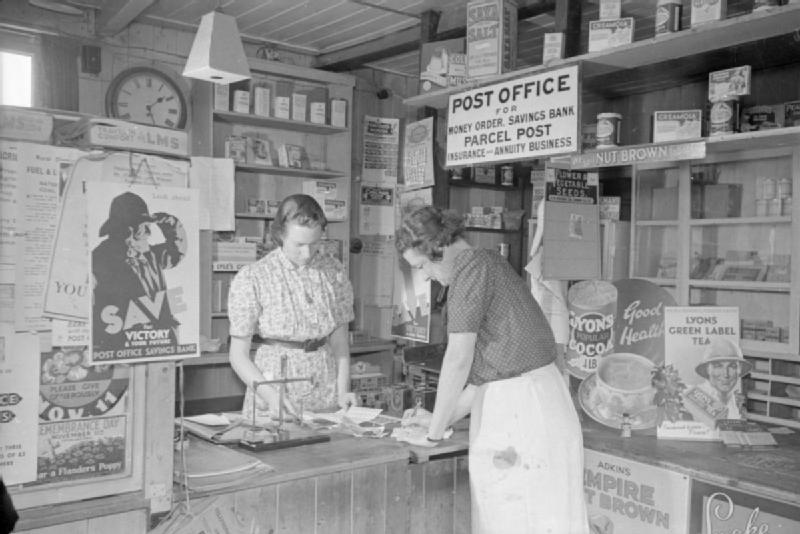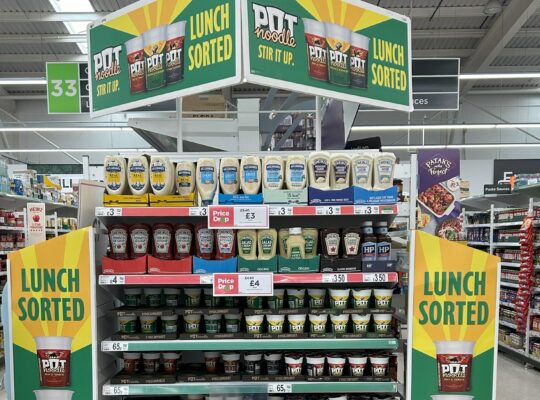 Online is changing the way people shop. Grocery in total may, so far, be less affected, with online retail share of sales still 5% or below in most markets. But parts of the CPG industry are changing rapidly. In China almost 19% of skin care products are now sold online according to Euromonitor. Make no mistake – this change represents a seismic shift in the retail landscape, and that means there are going to be winners and losers. How ready for online are you? And I don’t mean whether you have your Facebook page up and running; or whether you have a social strategy in place: I mean are you ready to avoid the collateral damage from a retail Armageddon – and are your sales and marketing teams ready to capitalize on the massive opportunities that will come about?
Online is changing the way people shop. Grocery in total may, so far, be less affected, with online retail share of sales still 5% or below in most markets. But parts of the CPG industry are changing rapidly. In China almost 19% of skin care products are now sold online according to Euromonitor. Make no mistake – this change represents a seismic shift in the retail landscape, and that means there are going to be winners and losers. How ready for online are you? And I don’t mean whether you have your Facebook page up and running; or whether you have a social strategy in place: I mean are you ready to avoid the collateral damage from a retail Armageddon – and are your sales and marketing teams ready to capitalize on the massive opportunities that will come about?
Many of the big retailers have been slow to adopt online models – and who could blame them? Online has huge economic impact for them: a model where shoppers come to the store and collect products is a lot cheaper than one where the retailer has to deliver to each house (hence the experiments with models such as ‘click and collect’ where orders are placed online but goods are picked up at stores). Retailers are finding themselves between a rock and a hard place: online raises costs, but without it, there is a grave danger of losing share.
Those stores which used to be big retail’s biggest source of competitive advantage now run the risk of being the proverbial albatross around their necks. How much traffic needs to be lost before a store becomes unprofitable? 5%? 10%? With lean retail margins it can’t be much more, surely?
Make no mistake, online will rapidly begin to affect the behavior of retailers, and that means that manufacturers will need to adapt, and adapt quickly. Here are some of the key implications for brand manufacturers of online retail.
Multiple channels become the norm: channel teams become a necessity
The days when retailers largely operated one outlet type are long gone: online will just bring this into sharper relief. Manufacturers will need to think channel as well as retailer, and really understand how shopping behavior varies across channels, and how channels are used by different shoppers. Manufacturer plans will need to be truly omni-channel; not just separate plans for each channel, but also showing how channels connect and integrate on a path to purchase.
Price comparison becomes more of an obsession – putting pressure on margins
I’d love to say otherwise: I’d love to say that retailers will work out that they can’t win the price game and so will try something new. But unfortunately past performance suggests that the response of retailers under pressure is one dimensional – it’s price, and you, dear manufacturer (dear “partner”, of course!) will be asked to foot the bill. More promotions, more displays, more mailers. And some canny retailers will ask you to pay twice: once for the offline activity, and then again for the online version. Does your trade terms strategy cover this?
Online requires a different shopper marketing mix
The shopper marketing mix in the online space is still all about influencing shopper behaviors using a blend of availability, communication and offer: but it requires a different approach to that used offline. Range and merchandising become pages and search, and the opportunity to target offers becomes much greater. A review of most grocery stores’ online offer suggests that not many have really worked out how to excel in this: a brand who really knows how to lead the online shopper marketing mix could make significant gains. One that leaves their page position or ranking to chance may have lots to lose. And big brands may suffer the most. Brands who have fought to have a larger share of space based on their sales, may, if not careful, find themselves with exactly the same amount of space as everyone else on a web page.
Retailers will come, retailers will go
Seismic shifts will take place in the retail environment. In the last year we’ve seen Tesco and Carrefour retreat from markets; we’ve seen new online offers from major retailers, and online only businesses pop up everywhere. Assuming that your current key customers will be key in the future is dangerous. Prioritizing based only on size is no longer enough. Manufacturers need to manage risk, ensure their trade terms are defensible, and work hard to spot the new channels and customers who could drive growth in the future.
Even if online share in your category is still small that doesn’t mean you can afford to be complacent. Even if your category isn’t directly affected in the next ten years, your retail customers will be. They are losing sales somewhere, and they need to make up for it somehow. The development of a retail strategy which addresses the impact of online on your total business is now mandatory. That strategy must define which investments, in which customers (new, existing, online and offline) are required. This must be based on an understanding of which consumer opportunities the business is targeting; which shoppers are important to the realization of those opportunities, how those shoppers use online and offline channels and what online shopper marketing mix is required to influence those shoppers.
Contact me to help prepare your company, and to ensure your business is collateral-damage proof!
Image via Flickr


